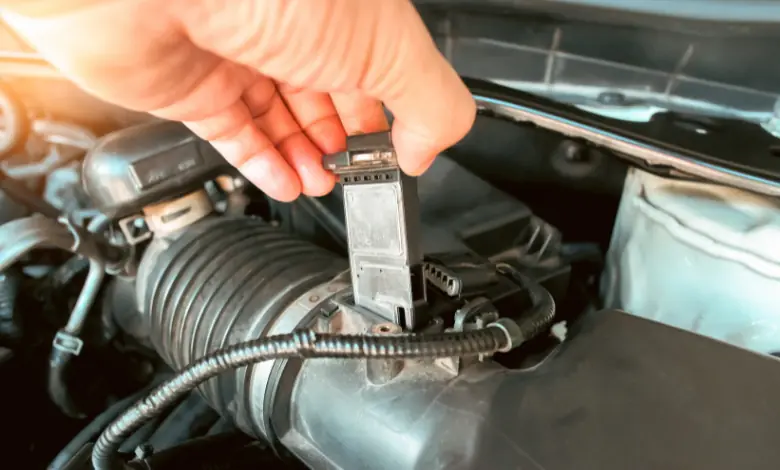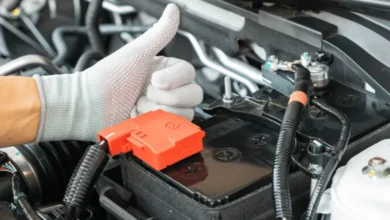Performance vs. Stock: Choosing the Right Air Intake System for Your Car

Your car’s air intake system is vital to its overall performance, affecting everything from engine power to fuel efficiency. When it comes to air intake systems, you have two primary options: stock (or OEM) air intake systems that come with the vehicle or aftermarket, performance air intake systems.
Each has advantages and disadvantages, and choosing the right one can significantly impact your driving experience. In this guide, we’ll explore the differences between stock and aftermarket performance air intake systems, helping you decide which option is best suited for your vehicle.
Understanding Stock Air Intake Systems
Stock air intake systems are the default air intake setups that come installed by the vehicle manufacturer. They’re designed with a balance of factors in mind, including cost, noise reduction, fuel efficiency, and emissions compliance. Here are some key characteristics of stock air intake systems:
Engineered for Everyday Driving
Stock air intake systems are engineered to perform efficiently under a wide range of driving conditions, from city commuting to highway cruising. They prioritize versatility over high-performance capabilities.
Noise Reduction
Stock systems are designed to minimize engine noise, resulting in a quieter and more comfortable ride. They often incorporate components like resonators to dampen sound.
Emissions Compliance
Vehicle manufacturers ensure that stock air intake systems meet emissions standards, making them a compliant choice for eco-conscious drivers.
Cost-Effective
Since stock air intake systems are mass-produced and installed on vehicles during manufacturing, they’re typically more cost-effective than aftermarket alternatives.
Warranty Considerations
Using a stock air intake system may help you maintain your vehicle’s warranty, as it’s considered a factory-standard component.
Exploring Aftermarket Performance Air Intake Systems
On the other hand, aftermarket performance air intake systems are designed to optimize a car’s performance by improving airflow to the engine. While they offer various benefits, they also come with some trade-offs. Here are the key characteristics of aftermarket performance air intake systems:
Enhanced Airflow
Performance air intake systems are engineered to provide increased airflow to the engine, allowing for better combustion and potentially higher horsepower and torque.
Improved Throttle Response
These systems can result in improved throttle response, making your car feel more responsive and agile when accelerating.
Sound Enhancement
Performance air intake systems can produce a more aggressive engine sound, which many enthusiasts find appealing. The enhanced intake noise can add a sportier element to your driving experience.
Potential Fuel Efficiency Gains
In some cases, aftermarket systems can lead to improved fuel efficiency, as the engine operates more efficiently with better airflow.
Customization Options
Aftermarket air intake systems often provide customization options, allowing you to choose from various materials, designs, and filter types to suit your preferences.
Potential Warranty Implications
However, keep in mind that installing an aftermarket performance air intake system may void parts of your vehicle’s warranty, depending on the manufacturer’s policies. It’s essential to check your warranty details before making any modifications.
Factors to Consider When Choosing
Now that you have an understanding of the differences between stock and aftermarket performance air intake systems, it’s time to consider the factors that should influence your choice. For example:
Driving Needs and Style
Consider how you use your vehicle. If it’s primarily for daily commuting and fuel efficiency is a priority, a stock air intake system may suffice. On the other hand, if you’re an enthusiast looking for enhanced performance and a sportier driving experience, an aftermarket system might be more appealing.
Budget
Evaluate your budget for air intake modifications. Stock air intake systems are generally more cost-effective, while aftermarket options can vary widely in price. However, check out online retailers for many affordable yet excellent options, such as the range of WeaponR air intake systems. Regardless of where you shop, always determine how much you’re willing to invest in improving your car’s performance before you make your decision.
Emissions and Regulations
Ensure any modifications you make comply with local emissions regulations. Aftermarket performance air intake systems may not always meet emissions standards, so it’s essential to check for compliance.
Warranty Considerations
Review your vehicle’s warranty terms. Installing an aftermarket air intake system may affect your warranty coverage, so if maintaining warranty coverage is crucial for you, consult your manufacturer’s guidelines.
Installation and Maintenance
Consider whether you plan to install the system yourself or have it professionally installed. Aftermarket air intake systems often require more involved installation, so factor in the cost and complexity.
Research and Reviews
Research different air intake systems thoroughly. Read reviews, consult forums, and seek recommendations from fellow car enthusiasts to gather insights into specific brands and models.
Long-Term Goals
Think about your long-term goals for your vehicle. If you plan to keep it for an extended period and are committed to ongoing performance enhancements, an aftermarket air intake system may align with your objectives.
Choosing between a stock air intake system and an aftermarket performance one ultimately depends on your driving needs, goals, and budget. Before making a decision, carefully consider the factors outlined above, weigh the pros and cons, and ensure any modifications you make align with your vehicle’s warranty and local regulations.
With the right choice, you can achieve a driving experience that perfectly suits your preferences, whether you prioritize everyday efficiency or crave a sportier, more exhilarating ride.
In conclusion, don’t miss out on exploring the fascinating insights in this article—check it out for a deeper understanding!






